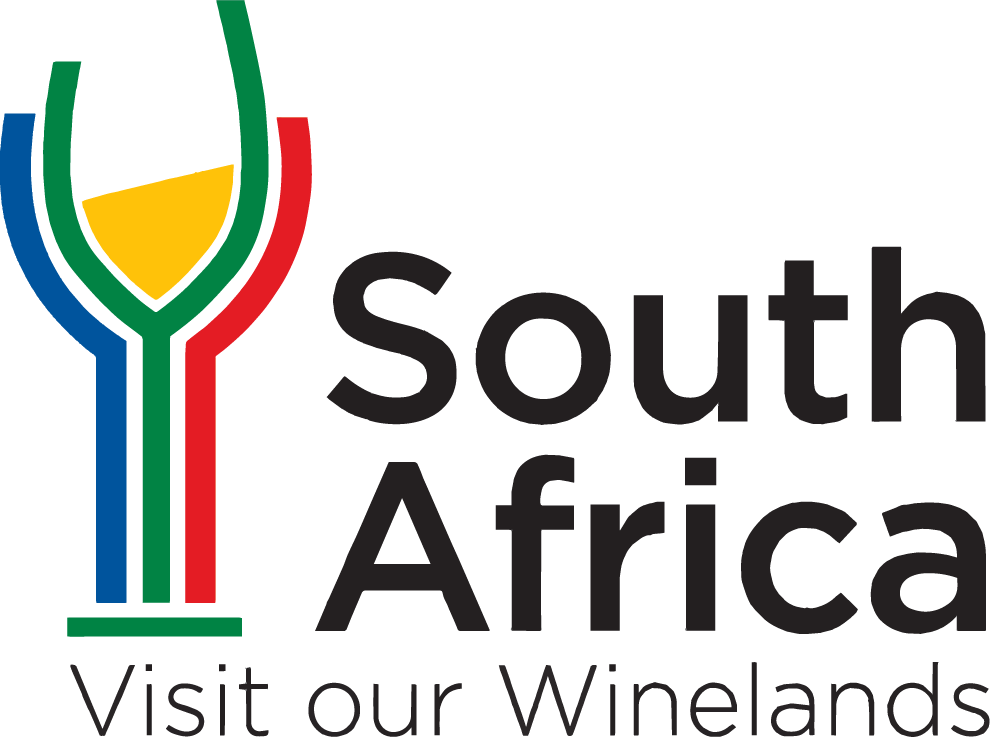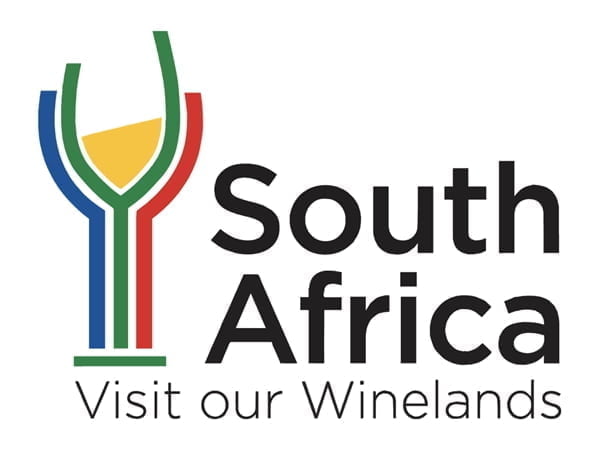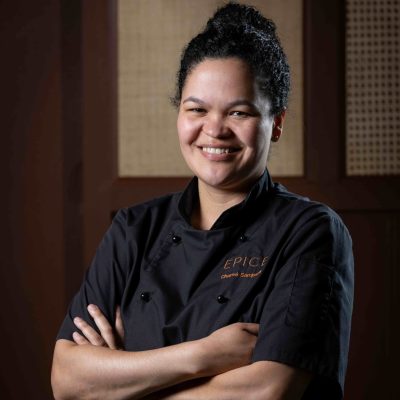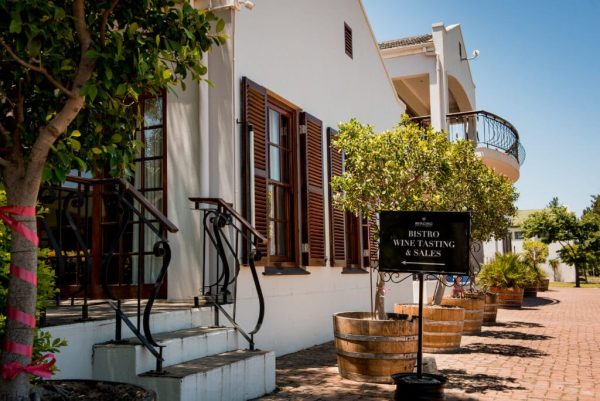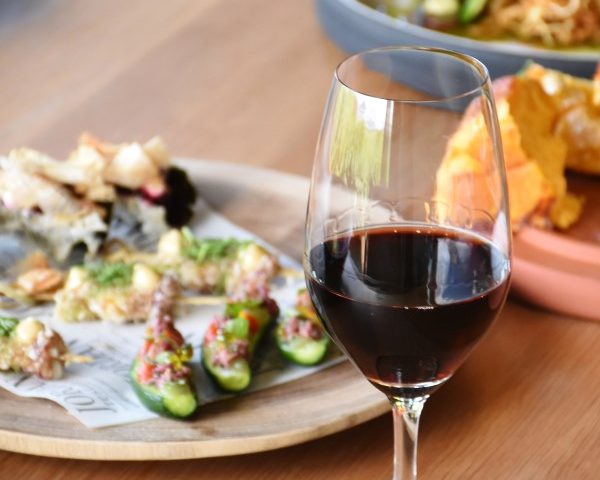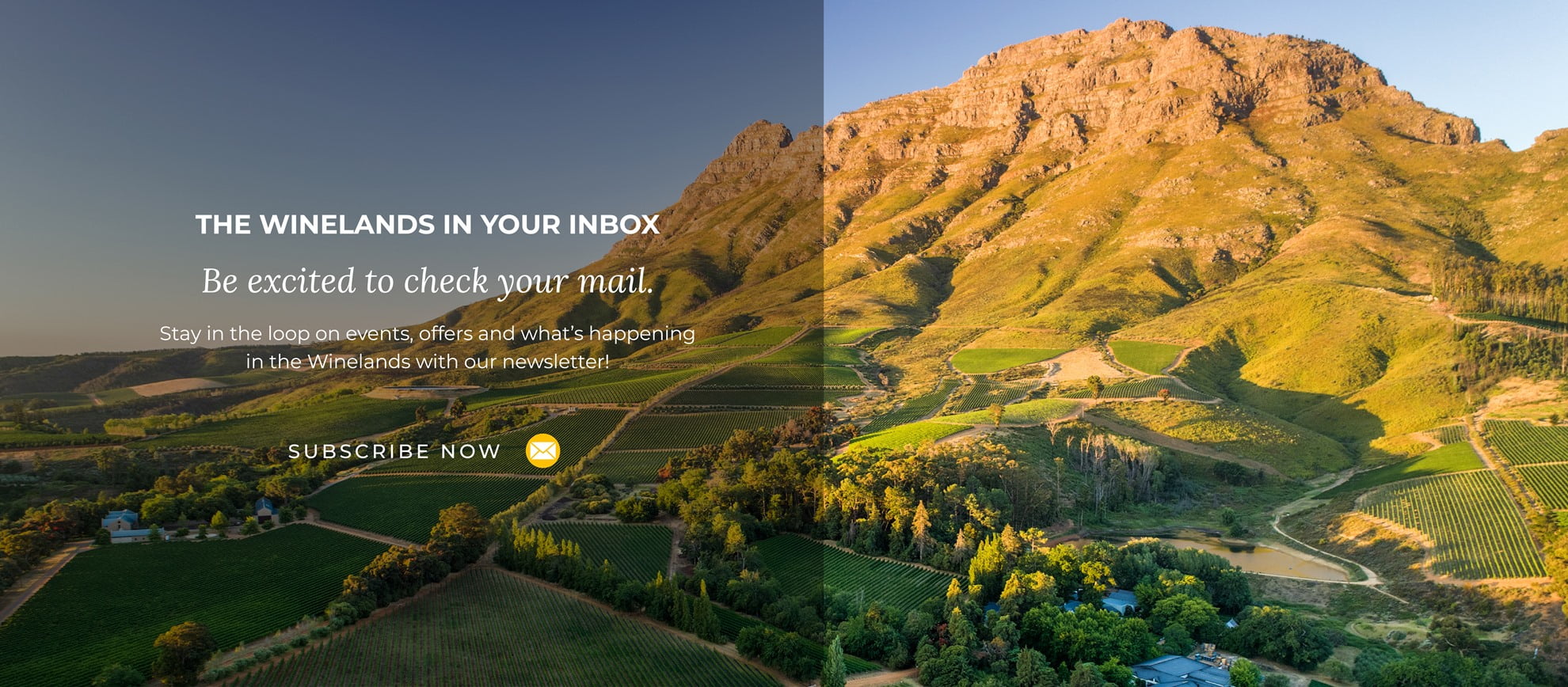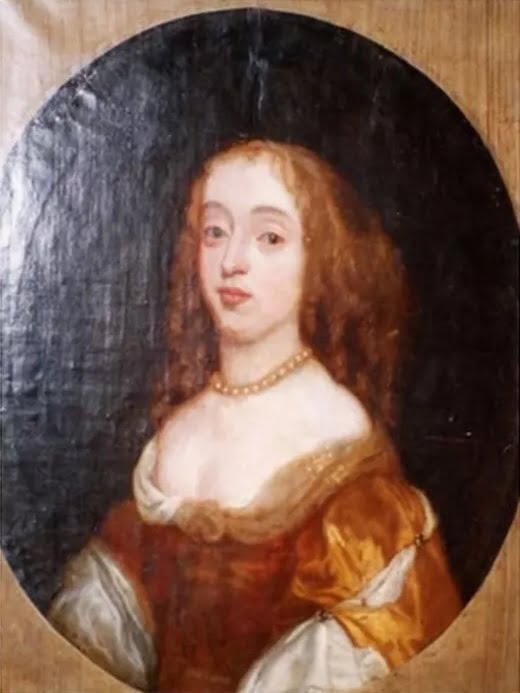
You must hand it to Catharina Ustings Ras. If the stories are even half true, she would have been someone to meet. The 17th century woman crossed the oceans, braved hostile territory and was unafraid of brandishing a weapon.
It’s hard to imagine the world Catharina would have had to negotiate considering it was so very different to the genteel environs that her lands – now Steenberg – have become.
Located in Constantia, the stately property encompasses a hotel, winery, restaurant, golf course and other luxury services: a spa, landscaped gardens, swimming pool etc. Its website declares Steenberg to have been “the Cape’s first farm, established in 1682”. That would have been Catharina’s doing and 20 years after her arrival on the continent.

Catharina arrived just ten years after Jan van Riebeeck; by all accounts, she boarded a ship, travelling alone disguised as a man. What attraction a new European settlement at the tip of Africa held for a 22-year-old widow from Lübeck in Germany isn’t clear. Her home town had a famous wine trade at a time when Van Riebeeck had set about importing vines – those seeds of our own industry – from France and yes, Germany.
Had the death of her first husband left her in such dire straits to drive her abroad? Had Lübeck declined to such an extent from its heydays of Hanseatic majesty for Catharina to risk a months-long sea journey under threat of disease and piracy? Or, did she go with the optimistic winds of Reformation at her back?
Whatever it was, she was certainly in for a very different experience at the Cape of Good Hope.
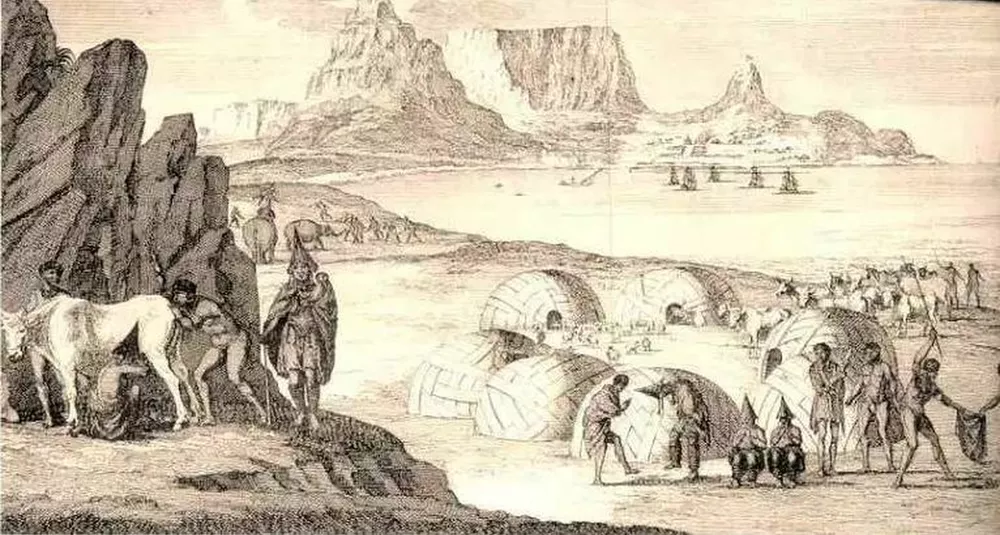
The book The Shaping of South African Society 1652-1840 (Wesleyan University Press, 1979), edited by Richard Elphick and Hermann Giliomee, describes how the Europeans discovered land at the tip of Africa that had been occupied “for centuries by the Khoikhoi and for millennia by hunter-gatherers”.
By the 1590s, Dutch and English ships were regulars at the Cape as they travelled between the Indies and Europe.
“The land near Table Bay was an ideal stopover for the tired and sick crews of these ships, for it offered a benign climate and a regular supply of fresh water. Moreover, local Khoikhoi were willing to supply large quantities of beef and mutton, a boon to sailors who had been eating salty or rancid pork for months….
“Before 1652 the European traders were sailors from sundry nations often sick and hungry, and uninhibited by long-range considerations in their treatment of the Khoikhoi. In consequence the trade frequently degenerated into theft, which in turn led to reprisals from Khoikhoi.”
As more ships arrived and agriculture sprawled, tensions between the Khoikhoi and Europeans increased.
Steenberg’s tale points out too: “1662 was far from being the age of rights for women”. The Cape was indeed “a fierce, wild place”.
Catharina soon found herself a companion, Hans Ras – a soldier and free burgher with a house on the Liesbeek River. The account of their wedding however, would set the dramatic tone for Catharina’s life: “Two wagons left the ceremony, with the bride and groom in one and the guests in the other. Lit from within by good Cape wine and overcome, no doubt, by the spirit of the occasion, the drivers decided to race one another back to Rondebosch. While the guests clung fearfully to their seats, praying to heaven with truly Protestant fervour, the wagons vied for position and as the road was rough and narrow, a collision soon occurred.
“Enraged at this conduct on his wedding day, the bridegroom jumped down from his seat and soon became entangled in a fight, receiving a knife thrust, which almost proved fatal – the weapon breaking in two between his ribs.
“He survived this incident and lived to father several children, but came to an unfortunate end when he was killed by a lion.” The year was 1671.
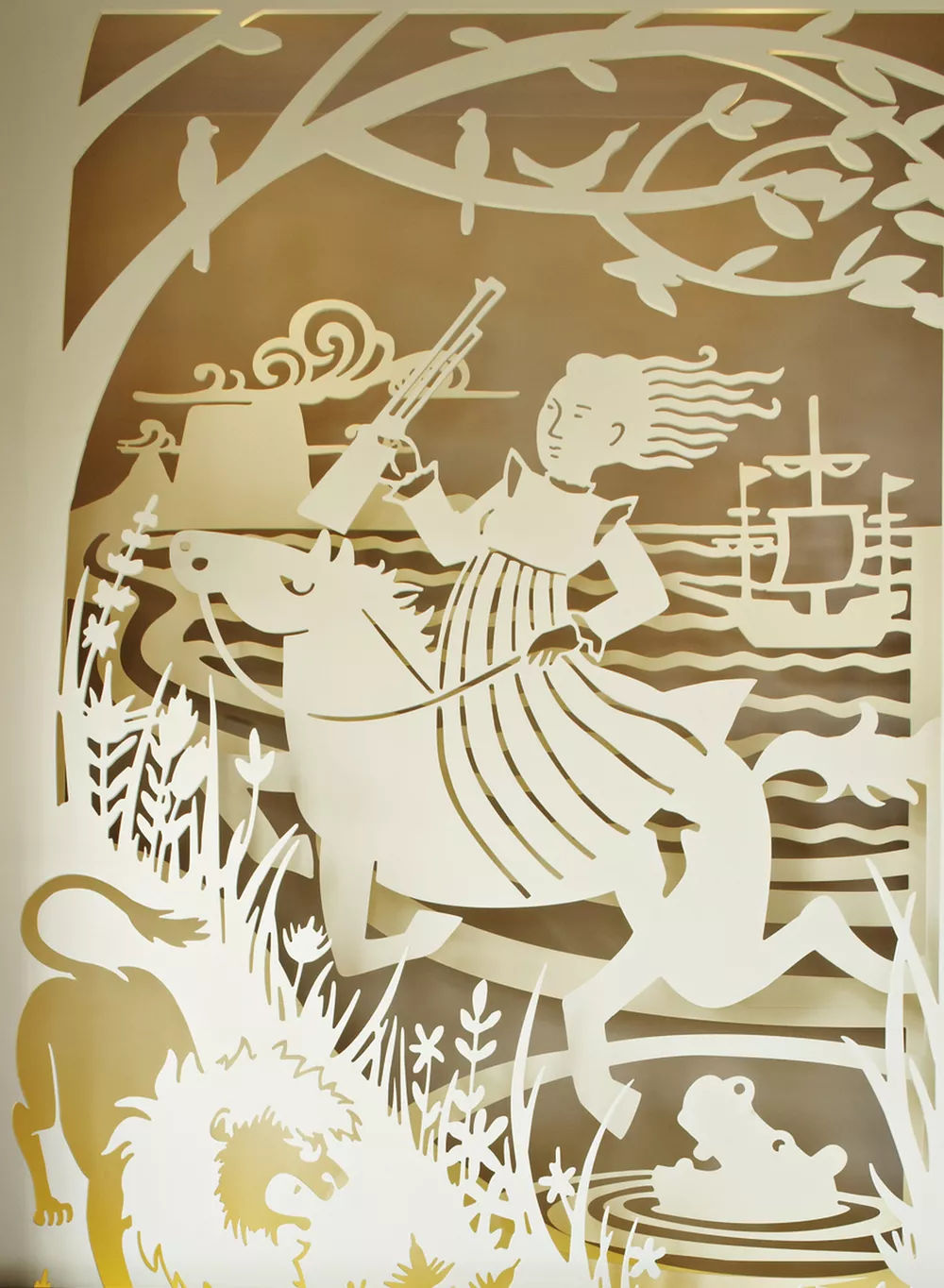
Now this is where Catharina’s legend grows even stronger. In the heat of the occasion, Catharina is said to have armed herself, saddled a horse and set off in search of the beast, “shooting the offending lion the very same day”.
There were certainly more wild animals roaming these parts than today, but whether the incident took place along the Liesbeek or on some other in-country expedition isn’t revealed.
Two more of Catharina’s husbands perished after the unfortunate Ras. Her year-long marriage to Fancois Champelaer van Ghent, a farmer, ended in 1673 when he was murdered and the other, a Swede called Laurens Cornelissen, died in yet another encounter with wildlife: he was trampled by an elephant while hunting hippos at Zeekoeivlei.
For Catharina’s fifth romantic exploit, her homeland must have surely played a role when she married Matthys Michelse. What happened to the man isn’t revealed on the Steenberg website, although from her later being referred to as The Widow Ras, it must be assumed he expired too. It’s not made clear why her second husband’s name would live on despite all the others.
Be that as it may, she and Michelse farmed a tract of land together.
She then came into possession of what is now known as Steenberg due to Cape Governor Simon van der Stel. The story goes that in 1682, she approached him for a portion of ground at the foot of the Ou Kaapse Weg.
He agreed to lease her 25 Morgen (±21ha) – clearly, a revolutionary step in the light of it being “the Cape’s first farm”. By historic accounts, the Cape authorities struggled to meet the demand of passing ships, which encouraged the spread of agriculture.
Imagine the deliberations! Whether this sparked the idea for further land ownership or put the snowball in motion, we’ll never know. By that time, the European population at the Cape was approaching 27 000.
But what did happen, was that Van der Stel himself became owner of Groot Constantia just three years later.
The legal precedent having been set, Catharina immediately asked him for a title deed and a mandate was granted. She was to “cultivate, to plough and to sow and also to possess the farm below the stone mountain [Steenberg].”
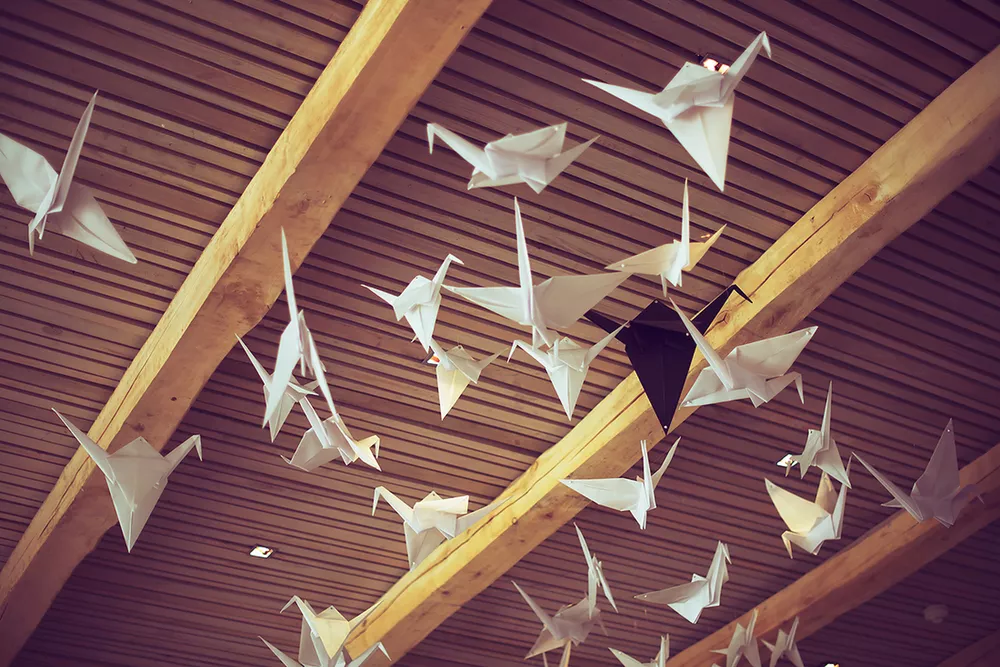
Before it changed its name however, Catharina had named the property Swaaneweide – the feeding place of swans. Steenberg says: “Catharina, perhaps overcome by nostalgia for the swans of her native Lübeck Germany, mistook the area’s spur-winged geese for swans. These geese still roam freely on the estate, harking back to Catharina’s day.”
It also recounts that while land meant settlement for Catharina, her character certainly hadn’t settled. “According to Baron von Rheede, who visited the farm and was served a luncheon of ‘radishes and freshly baked bread and beautiful cabbages’, Catharina was a fiercely independent woman, ‘riding bare-back like an Indian and her children resembling Brazilian cannibals!'”
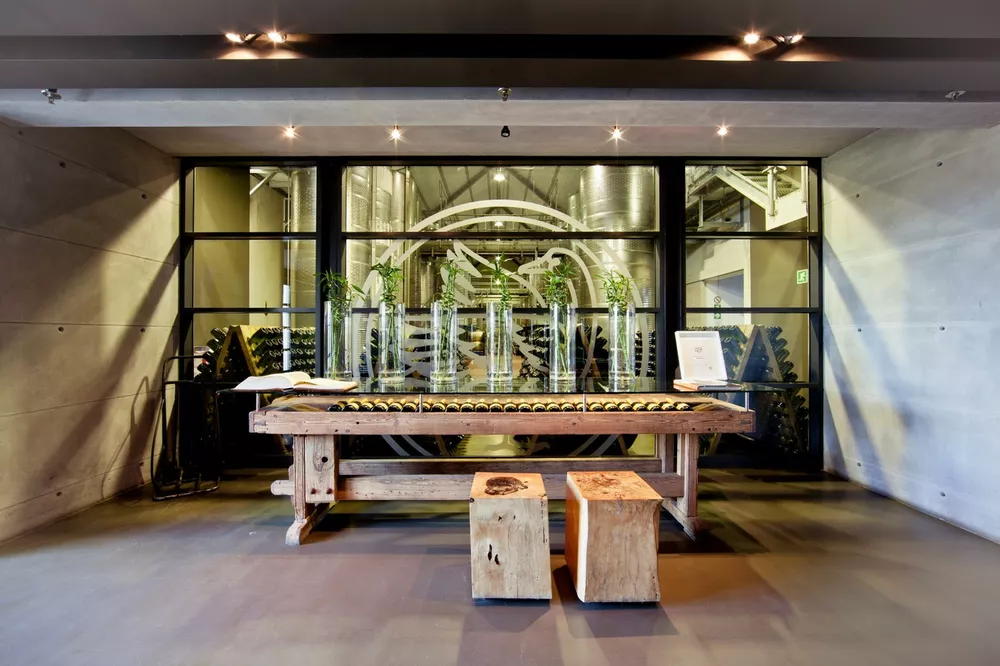
Now, from this point Chatarina’s tale fades. When or where she died is not mentioned in most tales about her. Steenberg says the property was acquired in 1695 by Frederik Russouw. No mention of Catharina or her children again.
“There to witness the deed were Henning Huising (owner of Meerlust and uncle to Adam Tas) and Hugo Goyes. Russouw was a powerful and wealthy member of the Burger Council and it was he who built the new U-shaped house in 1695. He also made the first wines at Swaaneweide.”
Ownership passed through families until eventually acquired in 2005 by the late Graham Beck. Today, Catharina is remembered in the name of the estate restaurant, which continues to shine her light just over 350 years since her arrival on these shores.
